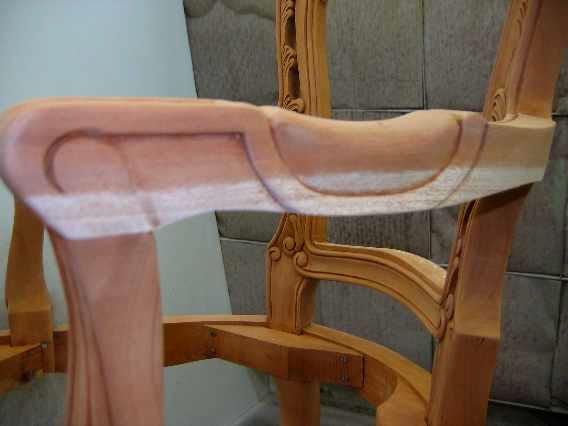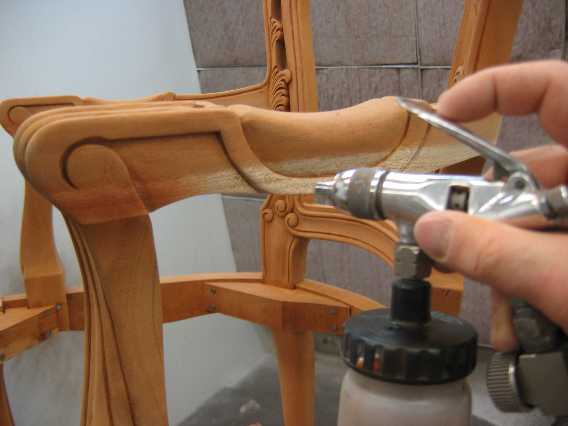Question
Having just stripped and sanded an upright mahogany piano, I want to get an even colour across it. It has mahogany parts which are blonde, orange and light brown - an orange/brown colour is what I'm trying to get to in the end.
I don't know if I should leave the parts unstained (neutral) and then use toner to colour adjust later on (after getting a flat lacquer base to put it on). Or maybe I should be hitting all the parts with a pigmented stain prior to finishing (still toning later, probably). Could anyone with piano finishing experience give me advice?
Forum Responses
(Finishing Forum)
From contributor J:
Not specific to pianos, but we see the variety in base color in stripped furniture often. When it is critical, we try to push the lighter parts towards the darker by a variation on the "sap stain" technique. We wet the wood with a thin coat of Sealcoat (shellac, so if you've stripped, it provides some barrier coat) so we can see the wetted base colors. Then with a detail gun, sort of airbrush a very low solids toner to push the color. First all blonde to the orange, then all the orange to the brown. Use a piece of glass, spray half with the toner, then hold it over the two parts so you see if you're doing the right color. Then a thin coat of sanding sealer, vinyl or whatever you undercoat with over the whole piece. The end should be a more even light brown. If you want to highlight the grains, now grab the pigment stain. Lock it down with a thin sealer coat to reveal the wetted color. Now you can tone/glaze/etc. to develop the final color.
All the above presumes that you want a transparent look. You could always make a pigmented bleach tone that is darker than the light parts and lighter than the dark parts and spray the whole thing and then stain and tone and glaze on top of that to get the color - but it will look like those TV finishes from the 70's.
The first step is to color the lightest wood so that it's a lot closer to the darker wood. That way, when you add more color using dye, stain, glazing, or toners it all turns out more even. Usually to color the sapwood, I use a dye I mix that blends well with the heartwood and apply it with a touchup gun or a regular spray gun turned way down. The key to this approach is to dilute the dye to the right strength so that you can spray a light wet coat that absorbs into the wood but doesn't cause any runs.


Paul, colouring the wood prior to toner correction is probably the road I'd go down too. Mixing colour to match the heartwood is a good standard for evenness too. Nice colouring out pics, too.
For anyone wanting another reference to a thorough colour procedure, I did find this in the Knowledge Base:
Staining and Blending Difficult Woods